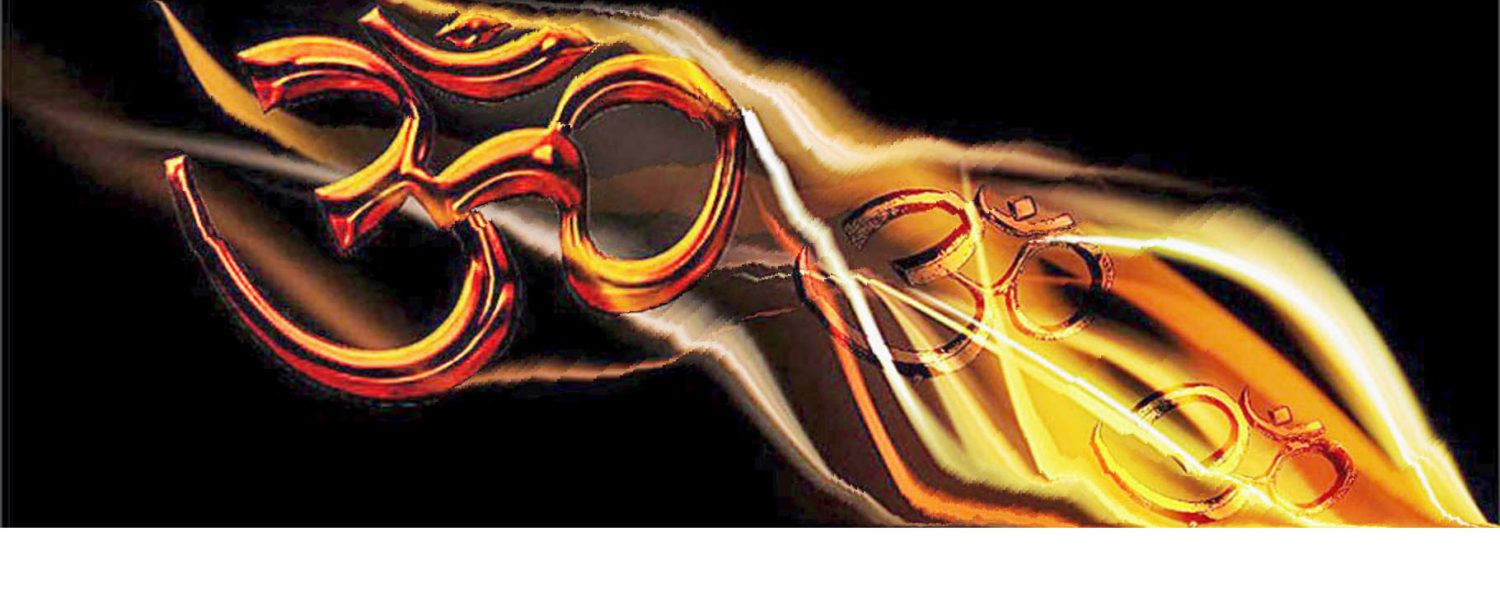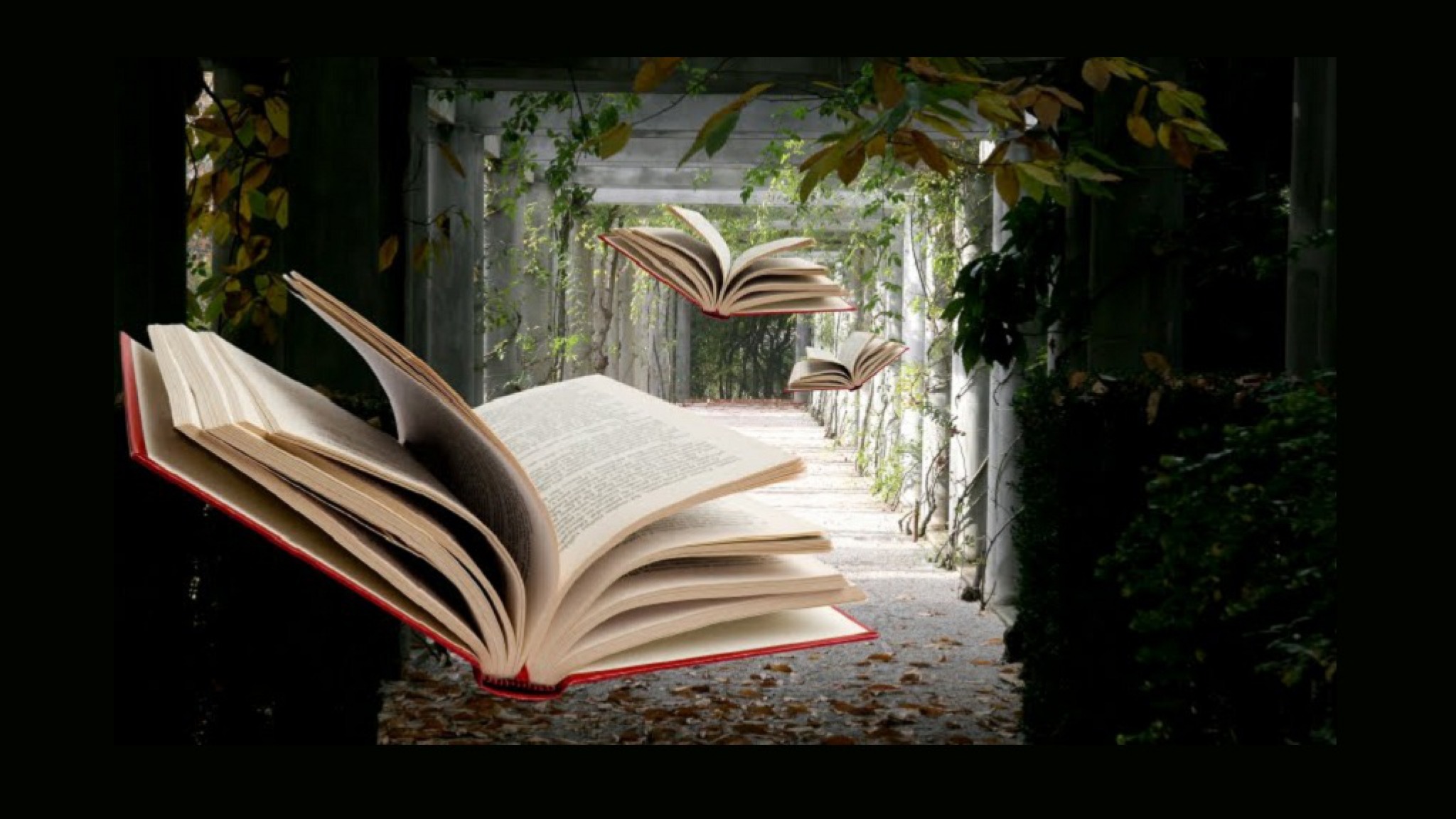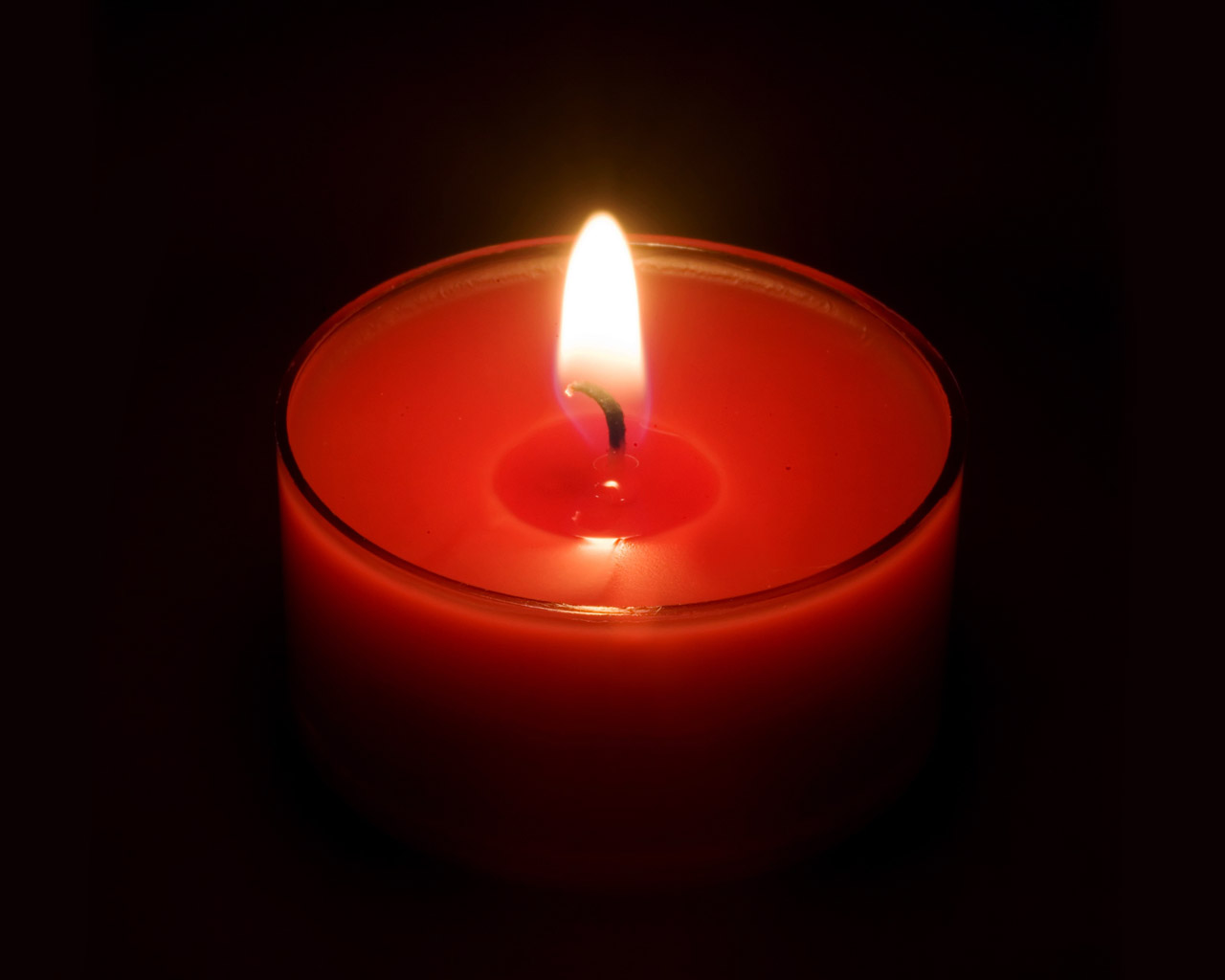Kaivalya Upanishad – Meaning in English
Kaivalya (Liberation, Salvation) Upanishad (Upa-ni-shad). These Verses were often quoted by Sri Ramana Maharshi. They were also chanted daily in His presence. The meaning of these Verses are profound and very helpful for someone who is seeking peace of mind and self-realization.
Peace Invocation
Om. (OM indicates the Real Self, Brahman.)
Oh Gods! May we hear with our ears always what is auspicious.
Oh! Worshipful ones! May we see with our eyes always what is auspicious.
May we live our entire length of our allotted life hale and hearty offering our praises unto you.
May Indra (Lord of Actions) the ancient and renowned, bless us.
May Poosha (Lord Sun) the all-knowing, bless us.
May Vayu (Lord Wind) the Lord of Swift-motion who saves us from all harm, bless us.
May Brihaspati (Guru of Gods) who protects the spiritual wealth in us, bless us.
Om Shantihi, Shantihi, Shantihi. (Om, Peace only, Peace only, Peace only.)
(Om Shanti is chanted three times above in order to ward off obstacles to our learning, arising from three areas.
They are as follows:
Adhi-Daivika (Divine forces such as lightning and thunder);
Adhi-Bhautika (Forces such as fire, floods, and landslides);
Adhyatmika (purely subjective ones such as inertia, lack of faith, insincerity and so that arise from our own negativities.)
Meaning in English (by Swami Chinmayananda)
1. Then Asvalayana approached the highest Lord (the Creator Brahmaa) and said: Oh Bhagavan, teach me the highest Science of Reality, cultivated always by good people, which is ever a hidden secret for man, a knowledge by which a wise man, discarding all sins, can reach the Highest.
2. To him (Asvalayana), the Grandsire Brahmaa said: Know this supreme knowledge by Faith, Devotion and Meditation (Yoga).
Brahmaa is one of the gods of Trinity created by the Supreme Power to carry out the task of creation. He should not be mistaken with the Brahman of the Upanishads, the Self of the nature of Existence-Consciousness-Bliss.
3. Neither by work (actions), nor by offspring (progeny), nor by wealth, but by renunciation alone, Immortality (eternal life) is attained. Higher than the heaven, seated hidden in the cave of the intellect, it shines. Self-controlled seekers enter into it.
4. Those who are pure in mind, striving through the path of renunciation, come to ascertain clearly the deeper imports of the Knowledge, which is the theme of the Upanishad (Vedanta). In the end, they gain the world of Brahma, and liberating themselves from everything, gain the Highest Immortality.
5. In an undisturbed place, resting in a comfortable posture, clean and pure, with neck, head and body held erect in one line, in a mental attitude of Sanyasa (renunciation), having controlled all the senses, saluting one’s own Teacher mentally with reverence, meditate within the lotus of the Heart, the Untainted, the Pure, the Clear and the Griefless.
6. The Unthinkable, the Unmanifest, the One of endless forms, the Ever-auspicious, the Peaceful, the Immortal, the Origin of the very Creator, the One without a beginning, a middle or an end, the Only One, the All-pervading, the Knowledge-Bliss, the Formless, and the Wonderful.
Here in these terms the Eternal Truth, the Self, is indicated. These terms are given for the purpose of contemplation in the ‘cave-of-the-Heart’.
7. By meditating upon Lord Parameswara (Siva) with Goddess Uma as his consort – the Highest Lord, the All-powerful, the Three-eyed, the Blue-necked and the Ever-tranquil – a true man of reflection reaches Him who is the Source of all the manifested world, the Witness of all, and who is Beyond all darkness.
The third eye mentioned above is the Eye of Intuition, the Vision of Pure Knowledge. The blue-necked is in the glorious story of Lord Siva, where in order to stop poison from harming all people, He drank it and held it in this throat. It is symbolic of a higher spiritual meaning.
8. He is Brahmaa, He is Siva, He is Indra. He is the Immutable, Imperishable, the Supreme, the Self-luminous. He alone is Vishnu, He is Prana, He is Time and Fire. He is the Moon.
Siva in the form of Iswara is one of the Trinity. (Brahmaa (Creator), Vishnu (Sustainer), Siva (Cosmic Balancer). However, here Siva is depicted as the God of all Gods, the Supreme Brahman.
9. He alone is all that was, and all that will be, the Eternal. Knowing Him one goes behind the sting of death. There is no other way to attain complete Freedom.
10. Experiencing one’s own Self in all beings and all beings in the Self, one attains the Highest Brahman, and not by any other means.
11. Making the ego the ‘lower arani’ and OM the ‘upper arani’, by repeated churning through the practice of the Path of Churning of Knowledge, a wise man burns up all the cords of his bondage.
Arani: Between two cups scooped in wooden blocks, a cylindrical rod of wood is fixed perpendicular, and the rod is rotated by a piece of rope. When the perpendicular wooden rod is churned between the pressed upper and lower blocks (arani’s), due to the friction, first a piece of cotton catches fire, and from it fire can be obtained as necessary.
OM: OM, actually AUM, represents the Highest Being. ‘A’ denotes the beginning, ‘U’ the middle and ‘M’ the end. A is the innermost sound produced from deep inside, ‘U’ the middle sound is produced from the throat, and ‘M’ is the outermost sound produced from the lips. Therefore, AUM defines the Self as the Beginning, Middle and End of all Beings. AUM also stands for the Waking state (A), the Dream state (U) and the Deep sleep state (M). The Silence after chanting OM indicates the state of Blissful Being.
12. The Self deluded by Maya (Illusion) is he, who identifying with the body, does all actions (all perceptions, feelings and thoughts). In the waking state it is he (this Jeeva) who engages in gratification through the varied objects of enjoyment, such as woman (sensuous objects), food and wine.
13. That very same individualized ego, in the dream state, experiences its pleasure and pain, in a field of existence created by its own Maya (misapprehension of Reality). During the state of profound sleep when everything is merged, it is overpowered by Tamas (ignorance or non-apprehension) and comes to exist as deep happiness or Bliss.
The happiness that is referred in this verse is not a positive state of mental happiness, but a negative state of temporary escape from the vagaries of the mind.
14. Again, due to its connection with the deeds done in its previous births, that very same individuality (Jeeva) comes back to the dream or the waking-state. The being who sports thus in the ‘three cities’ (waking, dream and deep sleep), from Whom has sprung up all diversities, He is the substratrum, the Indivisible Bliss-Consciousness, and in Him alone the ‘three cities’ go into dissolution.
15. From ‘This’ is born Prana (Vital Force), mind, all organs, Space, Air, Fir, Water and Earth that supports all.
16. That which is the Supreme Brahman, the Self in all, the Support of the Universe, Subtler than the subtle and Eternal, That alone You are. You alone are That.
17. “That which illumines the worlds of relative experiences lived in the waking, dream and deep sleep conditions, that Brahman am I” – realizing thus (by experience), one is liberated from all shackles.
18. All that constitutes the enjoyable, the enjoyer and the enjoyment in the three realms, different from them all am I, the Witness, the Ever-Auspicious Pure Consciousness.
19. In me alone everything is born, in me alone does everything exist, and in me is everything dissolved. I am that non-dual Brahman.
20. I am smaller than the atom (the smallest) and I am also vast, greater than the greatest. I am the manifold Universe and Amazing. I am the Ancient One, the Self, the Supreme Ruler am I, the Effulgent One, by nature Ever-Auspicious, the Siva of golden hue in manifestation.
21. I am without hands and legs, of incomprehensible Power. I see without eyes and hear without ears. Devoid of forms, I am ‘Knowing’ of everything, and there is none who knows me. I am ever Pure-Knowledge.
22. I alone am, the theme taught in the different Vedas. I am the Revealer of the Upanishads, the Vedanta, and I alone am the real knower of the Vedas. For me there is neither merit nor demerit. I do not suffer any destruction. I have neither birth nor body, sense organs nor the mind-intellect equipment.
23. For me there is neither Earth nor Water nor Fire, nor Air, nor Space. Thus realizing the nature of the Paramatman – the Higher Self – the one who abides in the cavity of the Heart – who is without parts, without a second (non-dual), the witness of all, beyond both existence and non-existence – then one attains the very nature of the Paramatman, the Higher Self.
End of Part I.
It is specified that here ends the first part of this Upanishad. But actually there is no second part. But at the close of this Upanishad we find two more Mantras which are provided for the seekers as encouragements to practice the teachings of this Upanishad.
24. He who studies Satarudreeya (a prayer of hundred verses invoking Rudra, Lord Siva) becomes purified as fire, becomes as pure as air. He becomes purified from (the sin of) drinking, from killing a Brahmana (knower of the Brahman, the Higher Self), from stealing gold, from sins arising out of all commissions and omissions. Therefore he obtains refuge in the One who never leaves the Existence-Consciousness, who is free from the need for freedom, the Siva, the Supreme Self. One who belongs to the highest order of life should repeat this prayer always, or at least once.
25. By this one attains the knowledge that destroys the endless experience of change (the cycle of births and deaths). Therefore, having experienced this, one attains the fruit of Liberation (Kaivalya). Indeed one attains Liberation (Salvation).
Here ends the Kaivalya Upanishad belonging to the Atharva Veda.
The End




